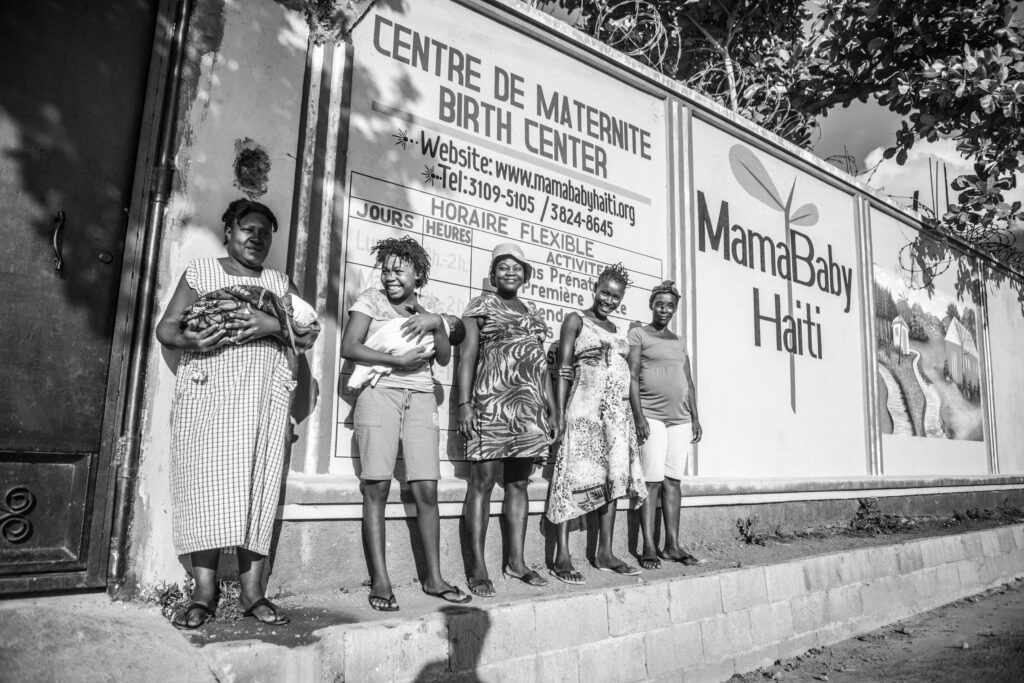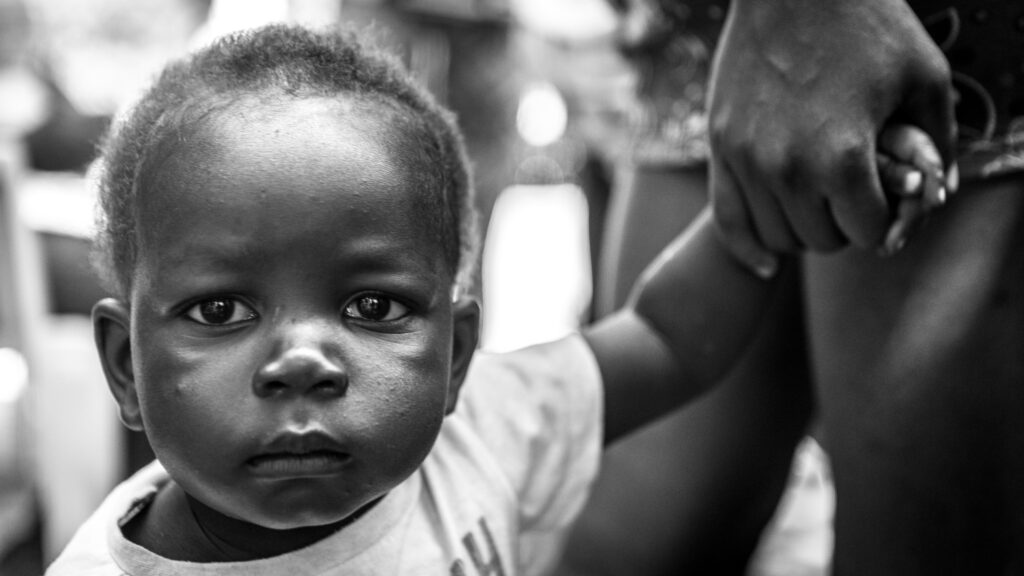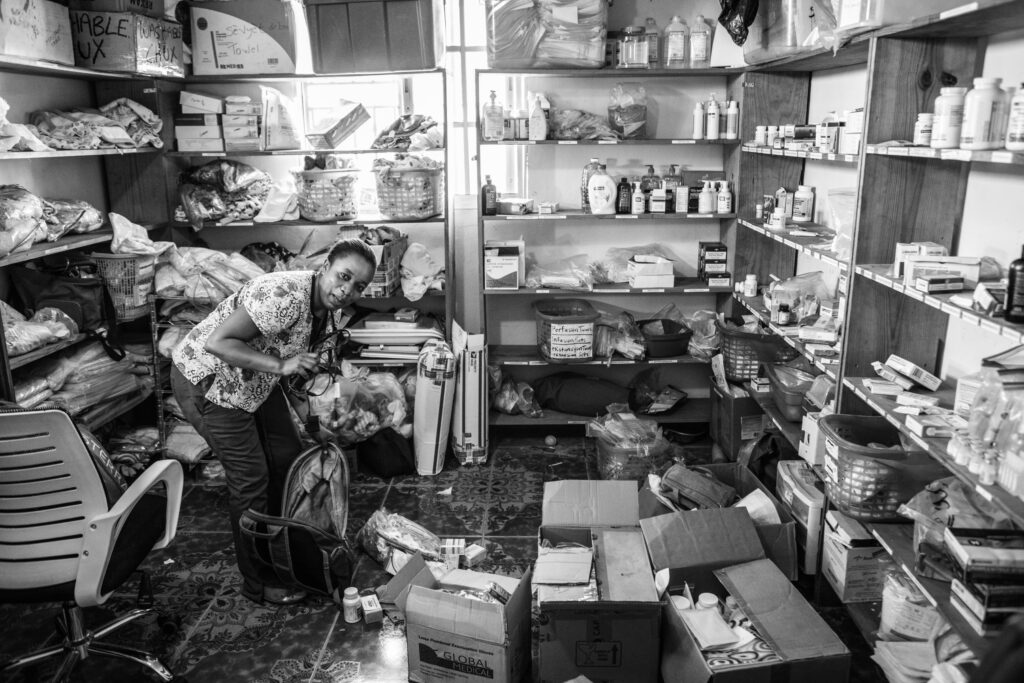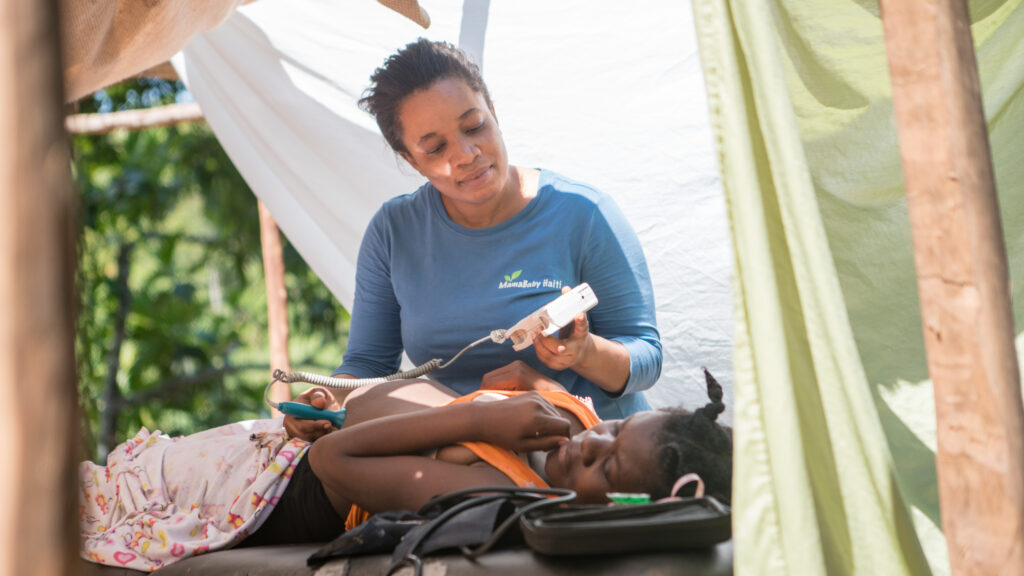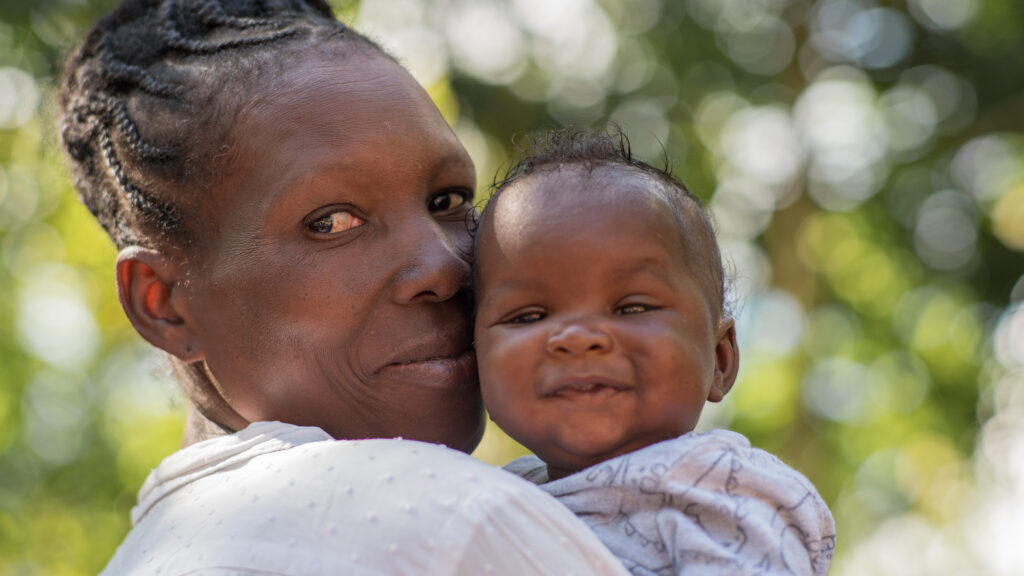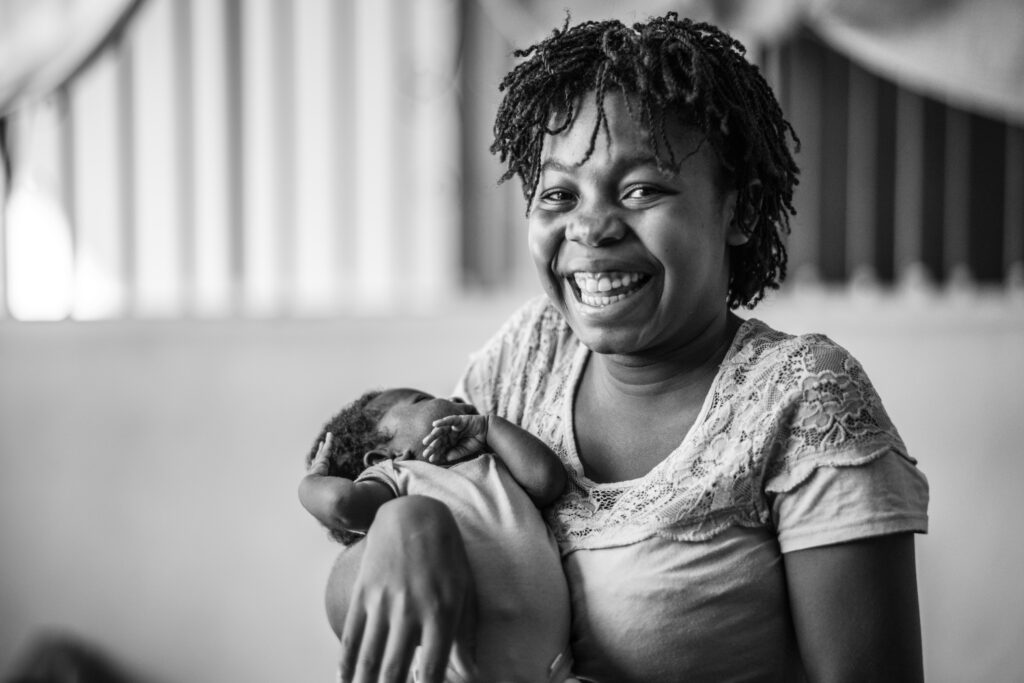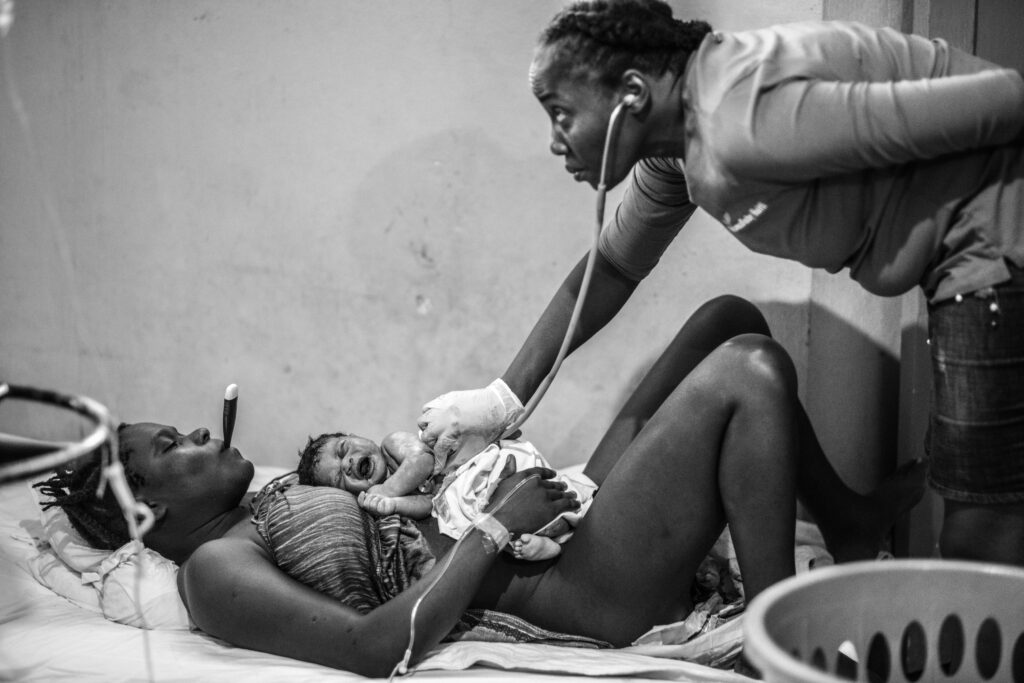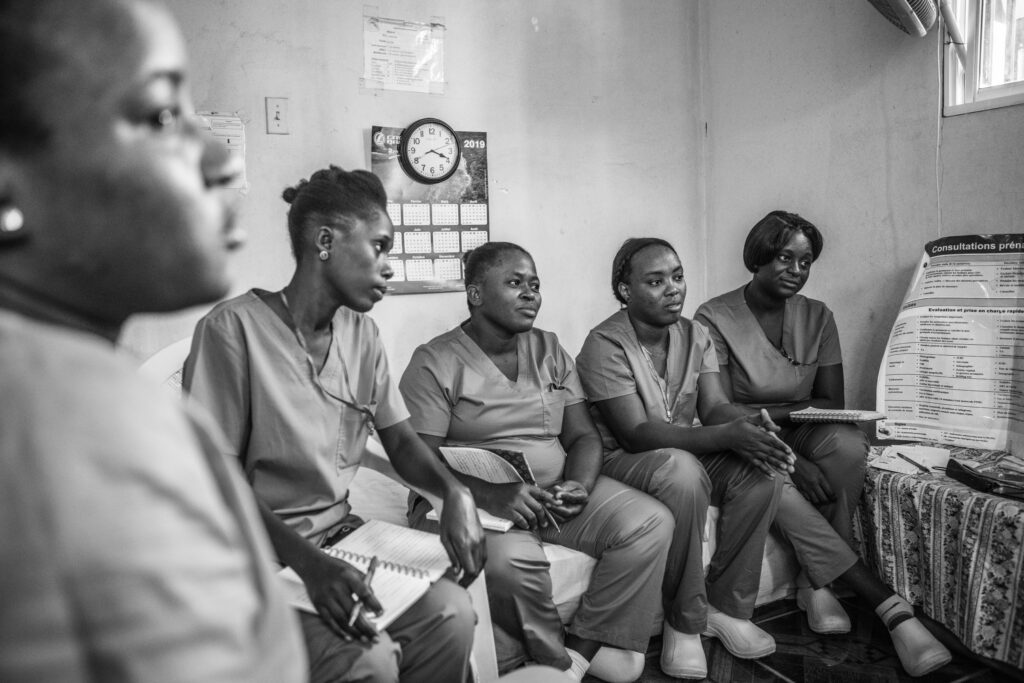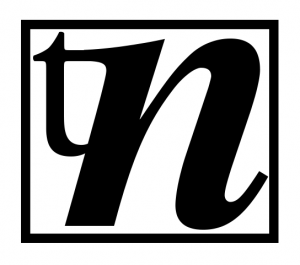Client Mama Baby Haiti | Hear the Cry | Weller Creative Platform Web, social media
EP Ian Weller DP Jeremiah Reddick Video Editor/Stills Photos Nathan Wilson
Here at the Narrative we relish the opportunity to tell real human stories and give a platform to people, communities, and organizations that are truly deserving. Mama Baby Haiti (MBH) is one of those organizations.
Our friends at Weller Creative brought us on to help with the production and story-telling aspect of this project. Hear the Cry, the American NPO that raises money on behalf of MBH, wanted to produce a piece a little different than the ones they’d done before. They wanted a film that focused on the positive aspects of what Mama Baby does for the people of Cap Haitien instead of dwelling on the plethora of negatives that would typically be the easy emotional hook for a piece about health services in Haiti.
From an outsider’s perspective it seemed like that would be difficult. What positives could there possibly be in a city where there is no sewage, running water, dependable electricity, or ready access to healthy foods, education, and health care?
- Mothers waiting to be let in to Mama Baby Haiti.
- Child waiting for checkup in Port Francais.
- Carmelle preparing supplies for mobile clinic.
But the ask was to tell the story of Haitians helping Haitians, and what Mama Baby Haiti means to the community of Cap Haitien. To our pleasant surprise, finding the silver lining was easy.
Mama Baby Haiti is a birthing center, midwifery school, and the home base that supports three mobile clinics in the surrounding region. It provides all of these services at no cost and is the only organization of its type in the area. The beating heart at the center is midwife Carmelle. An average month at the clinic can see her delivering upwards of 100 babies. She lives on site and is on call 24/7.
Carmelle seems to harbor an inexhaustible supply of energy. In the four days we were on site she delivered two babies, one in the middle of the night; awoke before dawn to prepare supplies for the treks to the mobile clinics; babysat Jeremiah and I as she broke down the daily activities of the clinic for us; organized midwives, students, teachers, mothers, and their babies for various staged scenes; and did it all with love, compassion, and a great toothy smile and booming laugh.
- Carmelle examining mother in Port Francais.
- Mother and child in village of Port Francais.
She made our job easy. No matter where we went in the community, she immediately had a calming effect on the locals. There was one particular encounter when we walked into Shada, the most destitute district in Cap Haitien, and were stopped by a group of men. A couple of white guys (they would yell “Blon!” at us as we walked by) with cameras tended to disturb the locals, and they were obviously on edge about our presence. They were trying to get us to leave, but a few minutes of impassioned talk from Carmelle and there were smiles and hugs all around. Those men actually stuck around as our ad-hoc escorts for the rest of the day to ensure that we would be safe. Her effect was similar no matter what situation we found ourselves in and it made us feel completely safe to tell the story we were there to tell.
It’s hard to stress how awesome of an experience this was for us. Hopefully that comes through in the photos and film. In the short time we were there we were able to capture the overwhelming cacophony of humanity that is Cap Haitien first person, two births, the remote village of Port Francais with its stick and mud huts and subsistence farmers, the trash strewn corrugated metal hovels of Shada, and a deeply compassionate people and vibrant culture that seems to thrive in conditions that would shock even some of the most seasoned world travelers.
At the end of the day we hope that we did their story justice, and that it sheds a little light on the truly wonderful things these women are doing for their community. If you are moved to do so you can learn more about Mama Baby Haiti on their website at MamaBabyHaiti.org. You can donate there as well. We hope to be able to go back and update this story again in the future.
- Mother with newborn at Mama Baby Haiti.
- Midwife with mother and newborn in the birthing center.
- Midwifery school students in class.

